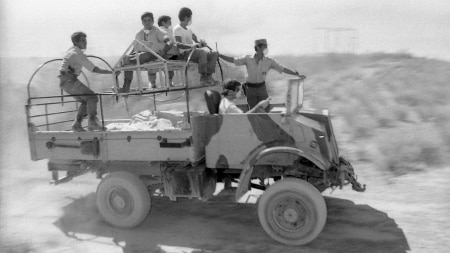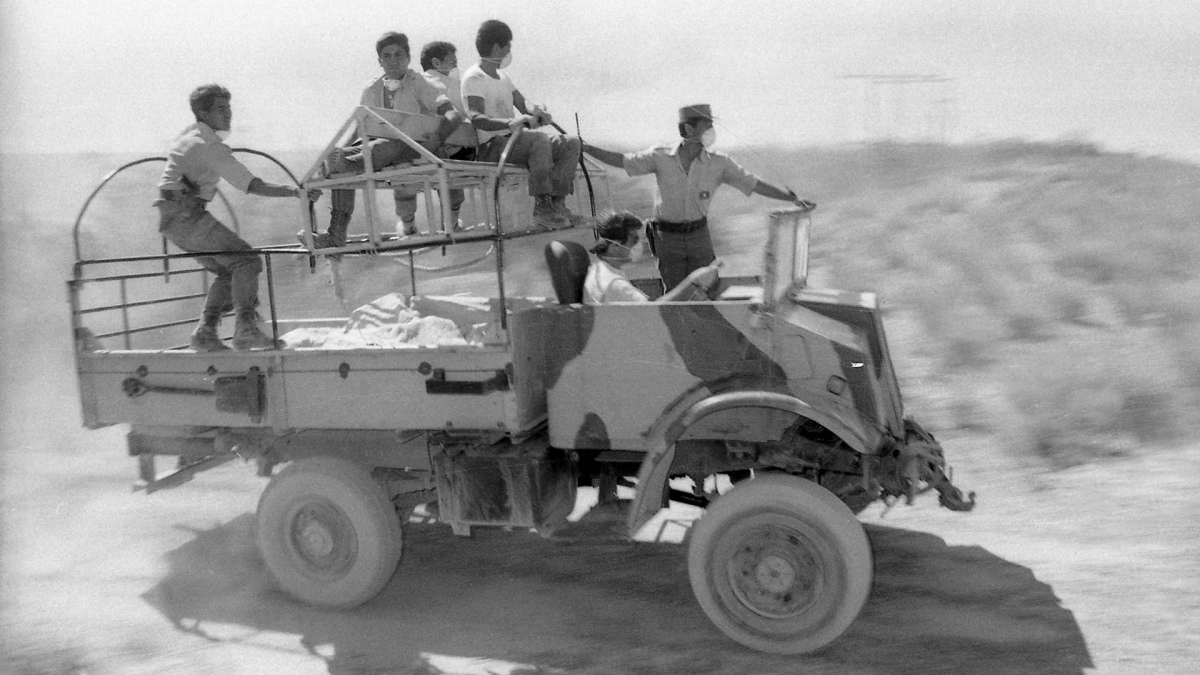 The youngest of the victims was only 11 years old and the oldest were no more than 23. Photo: Courtesy of José Luis Lazarte
The youngest of the victims was only 11 years old and the oldest were no more than 23. Photo: Courtesy of José Luis Lazarte
The so-called “fire brigade tragedy in which 11 adolescents and 14 adults died 29 years ago while fighting a grass fire in Puerto Madryn, the largest in the history of volunteer firefighters in the country, is identified as the one that marked “a before and after” towards the professionalization of the activity and the adoption of a new paradigm in fire management.
The youngest of the victims, Marcelo Miranda, was only 11 years old and the oldest did not exceed 23. Among the deceased were a couple who were to be married the following month and two brothers aged 14 and 22, the eldest of whom was to be a father for the first time.
They had all arrived at the accident wearing cloth coveralls, fiberglass helmets and rubber boots, carrying only shovels to “quench” the fire by throwing earth at it.
“At 2 in the afternoon the big siren of the fire department began to sound, my son ran to the barracks but I never thought they were going to take him to the fire,” he told Télam. Ofelia “Quita” Salinas, mother of Juan Enrique Moccio who died at the age of 15.
Concern grew that January 21, 1994 as the fire continued, the smoke completely darkened the city’s sky when there were still hours of daylight left and the boys did not return.
“At night, at the barracks they told us that our children were all safe in a post, but they were all lies. They died after 6 in the afternoon of that same day and we only found out at 9 in the morning.” Salinas said.
“They lied to us because if they told us the truth, we would all die looking for them. They told us when the fire was under control and they could see the bodies from the air.”he added.
That January 21 was very hot in Madryn and the wind, treacherous, suddenly increased its speed or changed direction, or both.
Photos: Courtesy of José Luis Lazarte
This occurred several times, affecting the extension and virulence of the fire front that developed in a field located 12 kilometers to the west Madryn, in the vicinity of the national route 3.
The photographer José Luis Lazarte, author of the photos for the Jornada de Trelew newspaper that they would go around the world, he told Télam that when he went out on the road to cover the fire “I transferred to the second fire truck” that came to assist and “we entered practically together” with part of the firefighters who would give their lives in the attempt for turning it off.
The photojournalist took some shots and returned to the city in time to deliver the envelope with the images already copied to the terminal so that the next bus could take them to Trelew.
“At that time the siren sounded many times a day due to field fires and For me until then it was just another fire”he remembered. But when she returned at 18 “it was another story.”
“The front was already many kilometers away, the route was closed and they took us out because as the wind changed, it was dangerous and absolutely nothing was coming.“, he pointed.
That night no one slept in Madryn and the next day, early on the rumor began to gain ground that the boys were still missing. There was nothing official but there was talk of more victims and the 9 later became 12, 15, until finally it was confirmed that there were 25.
Lazarte was then commissioned continue documenting the tragedy: the removal of the bodies, the improvised funeral truck that on its chassis carried 20 of the coffins to the wake in the municipal gymnasium, the procession to the cemetery and the burial.
“I don’t think I’ll ever see anything similar to the wake for the 23 boys in the municipal gym. I was used to taking photos of basketball, artistic gymnastics there and suddenly seeing all those coffins with all of Madryn surrounding them and plunged into tears, it is an image that I cannot erase,” he said.
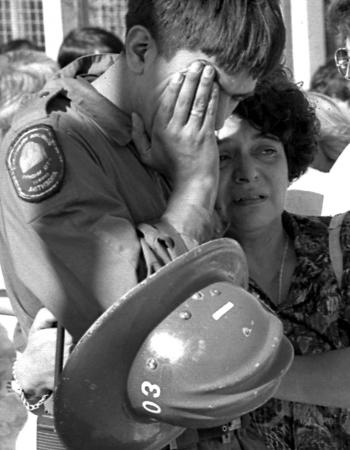 Photo: Courtesy of José Luis Lazarte
Photo: Courtesy of José Luis Lazarte
“We couldn’t believe what had happened, it was without a doubt the saddest day in the city”he added.
The current president of the Puerto Madryn Firefighters Association, Gastón Alcucero, explained to Télam that although the tragedy was caused by a “confluence of factors“among which the climatic ones are counted, the deaths would not have occurred “if some things had not been done wrong both at the level of those who led” the operation “and those who had to control the activity” from state dependencies.
And because what happened was noted, the fact marked “a before and after” in matters of adherence to current regulations -which at that time already prohibited the participation of minors-; but also in the process of “professionalization of the activity”with better preparation, infrastructure and equipment, said Alcucero.
In addition, it accelerated the “paradigm shift“Regarding what are the techniques to fight these firesin which today they are used firewalls, backfires and aerial means to circumscribe them.
With respect to recruitment of minorsAlcucero maintained that it was a habit that “crossed the entire system throughout Argentina” and “unfortunately this tragedy had to happen to us for them to realize that this was not a game.”
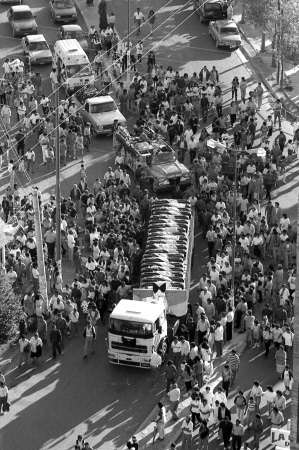 Photo: Courtesy of José Luis Lazarte
Photo: Courtesy of José Luis Lazarte
Of his son Juan, Quita Salinas recalls that “he was a very supportive boy who loved the barracks” to which he had belonged since he was 12 years old, to the point that “he did not take any first-year subjects because if he had bad grades they would not let him in.” .
“They always took them to the emergency room but supposedly they never participated. I once told the boss: ‘you take the boys to the field and you’re going to have a misfortune’, he told me ‘no, because the boys only go to watch’ And look what happened!” he said.
For his part, Lazarte pointed out that, at that time, the association functioned for the boys as “a club” where they “learned and had fun” but when the fire occurred “it is not that the barracks loaded them all on their mobile phones and led” to put out the fire, but that this happened with “a part” while “the others were falling by their own means” and, once inside, they could no longer get out.
“As leaders, the only way to honor our deceased comrades and their enormous act of courage in pursuit of the common good is by not allowing ourselves to make the same mistakes again. With legality, honesty, and transparency, more training, better units, and equipment is How are we going to mitigate the risk that is always present in this profession”, concluded Alcucero.
The tragedy of Madryn, the axis of a documentary about to be released
“Madryn Firefighters” is titled the film documental in production on the greatest tragedy in the history of the country’s Volunteer Firefighters, with premiere projected for april and that has the narration by journalist Jorge Dorio.
“This arose many years ago from a story in Clarín that I read about the case, I was interested, I began to investigate, I traveled to Madryn for another film and there I contacted the parents of the firefighters; that’s where the idea of making this came up. documentary,” he told Télam the director of the film, Marcela Balza.
the too screenwriter and journalist explained that although he deals with a “sad” fact such as the death of 25 firefighters -eleven of them under 18 years of age- fighting a range fire in 1994the objective is to provide “a hint of hope that it will not happen again because there are a lot of tools” that were not available at the time “and that makes it better prepared for fires.”
“We wrote a script, a group of people who work in film got together and decided to partner with two other producers, Pablo Saredo and Daniel RutoloWith whom We traveled twice to Madryn”counted.
In the first stage they carried out the interviews with mothers, sisters and brothers of young people who already died firefightersbut the pandemic left the job unfinished and the group was able to pick it up and finish it last year.
Balza explained that the film “It is already in an assembly instance, the graphic part of the documentary is missing and I suppose that in the month of April we will be premiering”.
“The idea is not only to honor and remember to the boys who died, but to show that these deaths, in addition to making us reflect on the aspects of society that allowed it to happen and that necessarily changed with the tragedy, were used for two scientists to create a work on which a part of the national fire management law that is in force“, he pointed out.
“At that time, not only was it commonplace to go out with minors to the fires, but only the forest fire was studied, but not the one in fields or pastures that occurs in this part of Patagonia, with its climatic vicissitudes. Now the firefighters and brigade members They have a lot of information about winds, surface moisture, vegetation combustibility and other issues,” he concluded.
 Photo: Press.
Photo: Press. 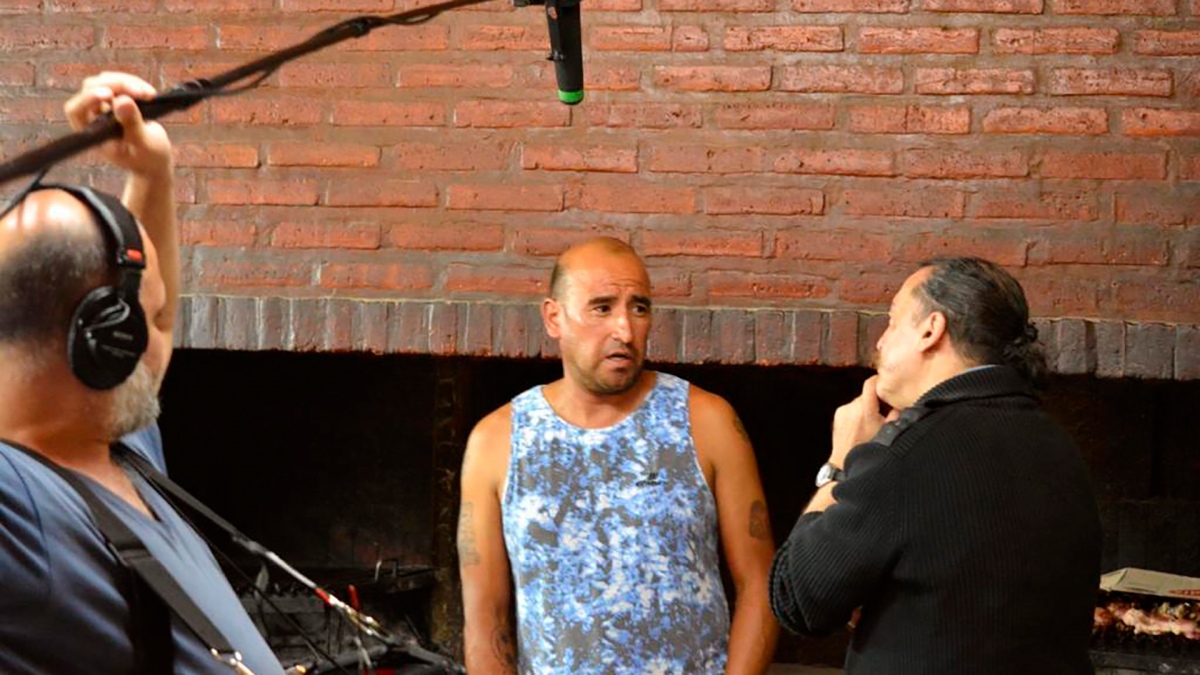 Photo: Press.
Photo: Press.


